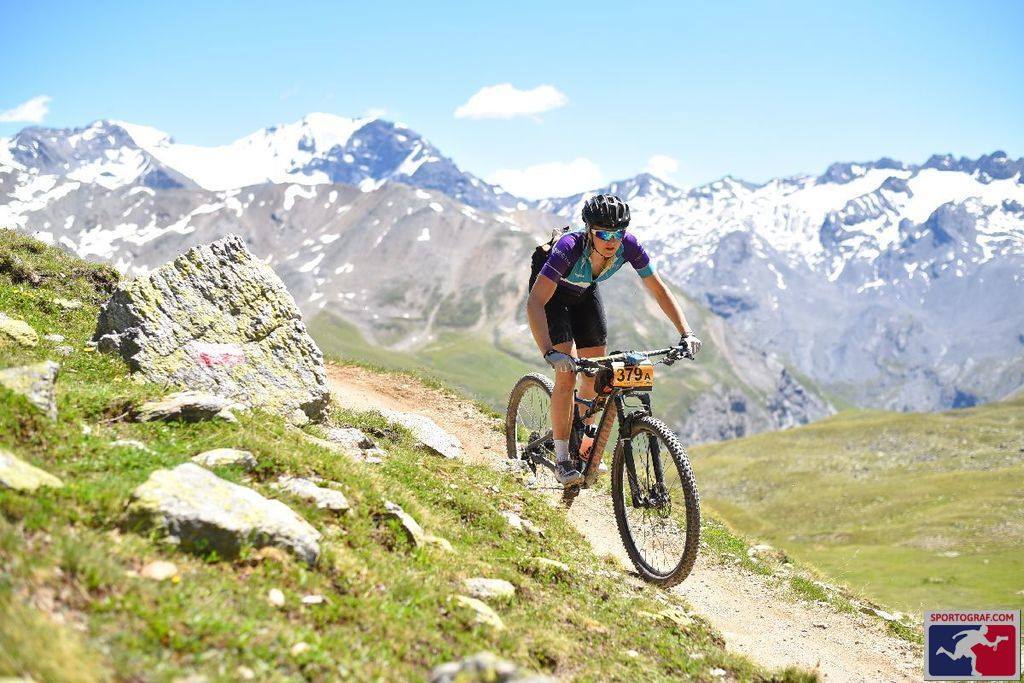Relative Energy Deficiency in sports, or RED-S, affects male and female athletes, and can be damaging to health and performance. Previously called the Female Athlete Triad, it is characterised by low energy availability due to a caloric deficit.
The condition, which was termed in 2014 by the International Olympic Committee, can lead to irreparable damage, impairing almost every system of the body if left untreated. We need energy from food for daily life and when we add exercise (training) on top of that we need more energy (calories) to keep our bodies functioning on a general day to day and physical performance level. RED-S happens when the calories we burn are significantly greater to the amount we are eating, leading to low energy availability. Sometimes we don’t even know this is happening, the body cannot function and so starts to break down when there is a prolonged period of calorie deficit. The body basically makes choices on where to send energy and so some systems in the body, reproductive and gastrointestinal, can slow down from the reduce calories as your body makes choices for your overall survival.

RED-S manifests in a variety of physical and psychological symptoms, often symptoms that seem harmless like colds and fatigue, which worryingly are often dismissed and go unchecked. This often leads to more severe symptoms like IBS and for some women, especially those training at a high or intense level hypothalamic amenorrhea, or the absence of menstruation. This is not okay yet seems to have been normalised in some sports as just what happens if you are training hard. Because periods can be seen to be ‘annoying’ during training and competition athletes often don’t flag this as an issue to their coaches or doctors, not realising the damaging effects not having a period can have on your bodily functions.
Hormones such as oestrogen are also crucial for bone health, cardiovascular health and cognitive health. When you are not menstruating, these hormones are often reduced or just not produced putting you more at risk of osteoporosis and other health issues.
Male cyclists are at risk of poor bone health for two reasons. Road cycling as a non-impact sport, does not provide osteogenic stimulus. In addition, a low bodyweight can be seen as a performance advantage by providing a higher power-to-weight ratio (watts per kilo).

Low energy availability can occur when one of two thing happens, the first is you do not eat enough calories or withhold calories related to the amount of training you are doing. The second is if your training load increases and you don’t eat enough to breach the gap in extra training energy demands.
How to spot RED-S
Some of the signs of RED-S could be things like:
- Recurrent injury (soft tissue and/or bone)
- Recurrent Illness
- Unexpected fatigue
- Disrupted sleep patterns
- Change in mood
- Reduced social interaction
- Problematic relationship with food and/or training
- Stagnation and deterioration in performance
What to do about Red-S if you think you or someone you know may have it?
If you or someone you know may have RED-S it is important to first rule out and other underlying medical condition so talking to your doctor is the best place to start. Once these have been ruled out then training load, nutrition and recovery can be looked at in depth, perhaps with a clinical dietician so that you can balance training and energy needs more effectively.
Check out the free educational resource backed by the British Association of Sport and Exercise Medicine, Health4Performance. There are free events from the #TrainBrave campaign running in the UK. Finally, there is the recently-opened NHS RED-S clinic at the prestigious Royal National Orthopaedic Hospital in London, backed by the National Institute of Dance Medicine and Science for male and female athletes and dancers of all ages and all levels.
Come and join one of my Pilates classes or try my resistance band masterclass to boost your bone density through resistance training.
Favorite



